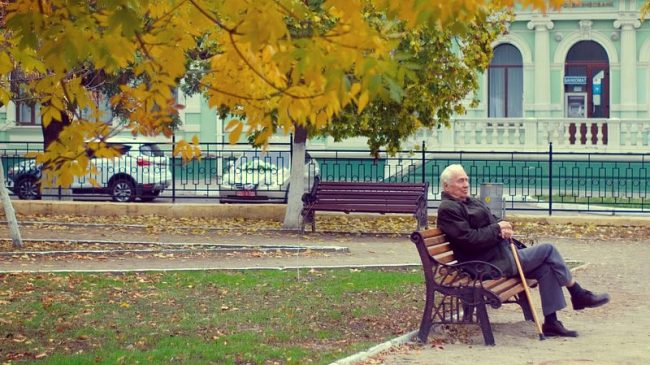The ongoing fiscal challenges facing state governments are creating an existential crisis for state parks. With budgets stretched increasingly thin, state parks must compete for limited funds with other-often higher-policy priorities like education, health care, public pensions and public safety. These budget pressures have prompted policy makers in California, New York, Florida, Arizona, Georgia, Massachusetts and other states to close or significantly reduce services in hundreds of state parks, or at minimum reduce parks budgets, nationwide. In other states, like Washington and South Carolina, governors and legislatures have recently launched efforts to require parks to become self-sufficient to wean them off state appropriations, in seeming recognition that parks funding will increasingly be crowded out by other spending priorities.
Beyond the threat of closures, the ongoing economic malaise has exacerbated a widespread, pre-existing problem of inadequate and deferred maintenance in state parks, which only serves to accelerate their decline. A 2010 report by the National Park Service found that states had identified $18.5 billion in unfunded needs for parks and recreation. The National Trust for Historic Preservation noted in 2010 that over half the state parks systems are “at-risk,” which means that state-owned and -managed parks and historic sites are facing major budget cuts. For example, the California State Parks System accumulated over $1 billion in deferred repairs and maintenance; and that’s not to mention the significant hurdles covering operational costs across the system.
Yet state parks remain popular while their maintenance needs continue to worsen; according to America’s State Parks Foundation, state parks received 725 million visitors at over 6,000 sites around the country in 2010 alone.8 Can this popularity be turned from a cost into a benefit? One way to keep state parks open without imposing additional burdens on the taxpayer is to utilize public-private partnerships (PPPs). Many states already successfully use private concessionaires to provide piecemeal services within parks-including food, retail, lodging, marinas, and other commercial activities-so a shift to more extensive involvement can build on that. Such a whole park operation PPP would transfer the responsibility of maintaining the park to a private operator, while enabling that operator to raise revenue through entrance and other fees.
The U.S. Forest Service has used this PPP model for over 25 years to operate thousands of its developed recreation areas nationwide, and in 2012 California began the first state to turn over the operation of state parks to private recreation management companies to avoid closure. This paper seeks to describe such a model and explain how it can best be applied at the state level.
A version of this study was published by the Conservation Leadership Council in January 2013.


